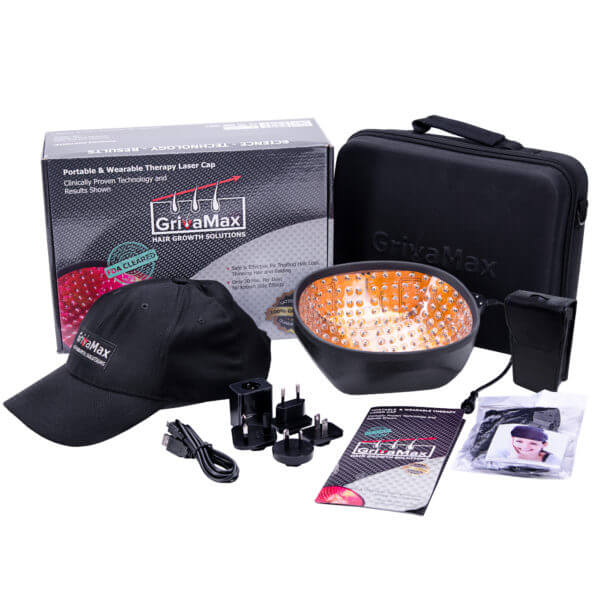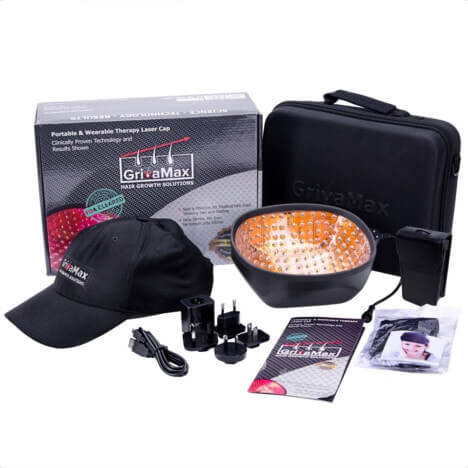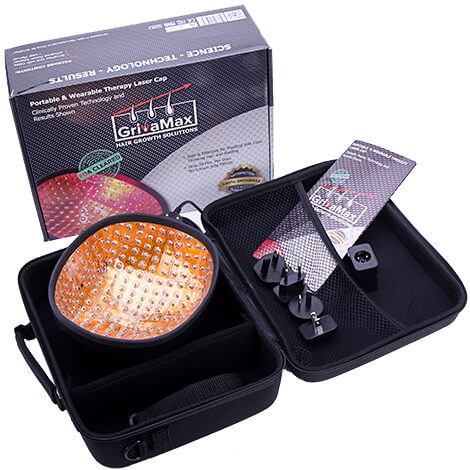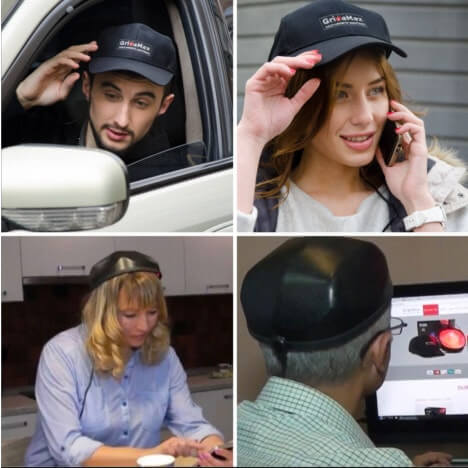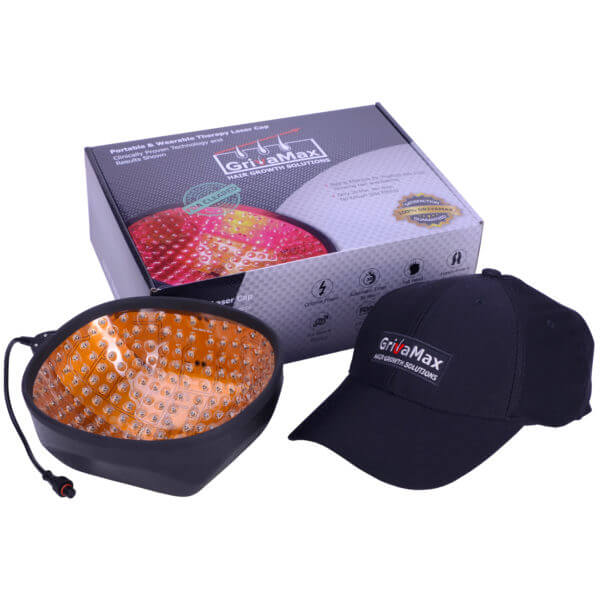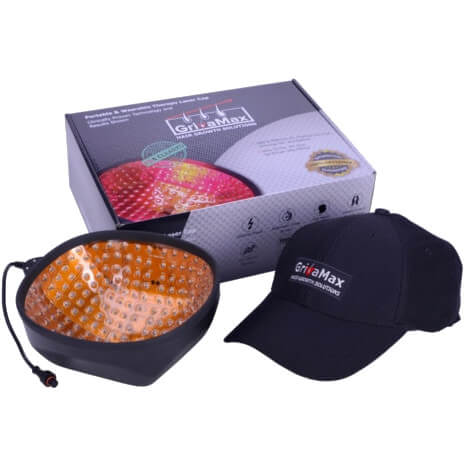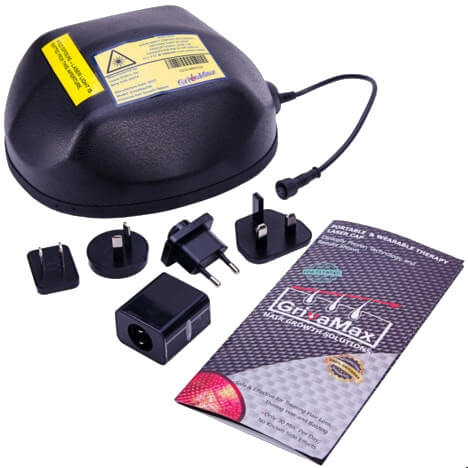Low-level laser therapy (also known as LLLT) is a unique technology, which benefits haven’t been studied enough yet. We offer you a selection of the latest research in different branches of medicine. All studies confirm the effectiveness of low-level radiation and its safety for the patient. Surprisingly, despite effectiveness, few people know about low-level therapy. In this article, we will talk about the recent research and innovations in the field of treatment with LLLT.
The use of laser therapy
Today, LLLT is used for rehabilitation, treatment and supportive therapy for the following organs and systems:
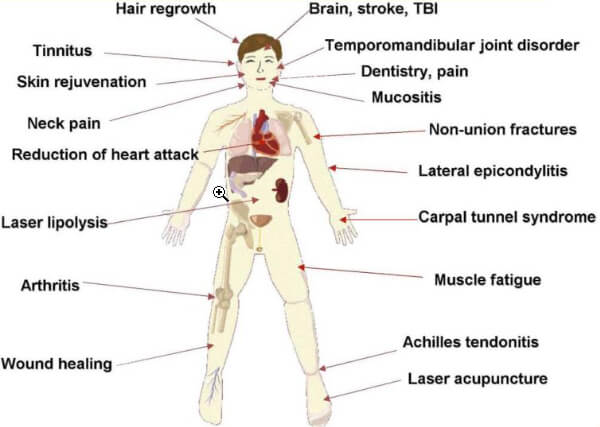
Microbiology
A group of doctors from Wroclaw (Poland), led by Grzech-Leśniak K., published research results on August 25, 2018. They studied the effect of low-level laser radiation on the growth of fungal flora that causes thrush (C. albicans and S. mutans). Today, the main problem is to make sure that disease won’t return, despite the impressive variety of available treatment methods. Macroscopic and microscopic analysis showed a significant decrease in the number of pathogenic cells and cellular metabolism after using a laser with both bacteria.
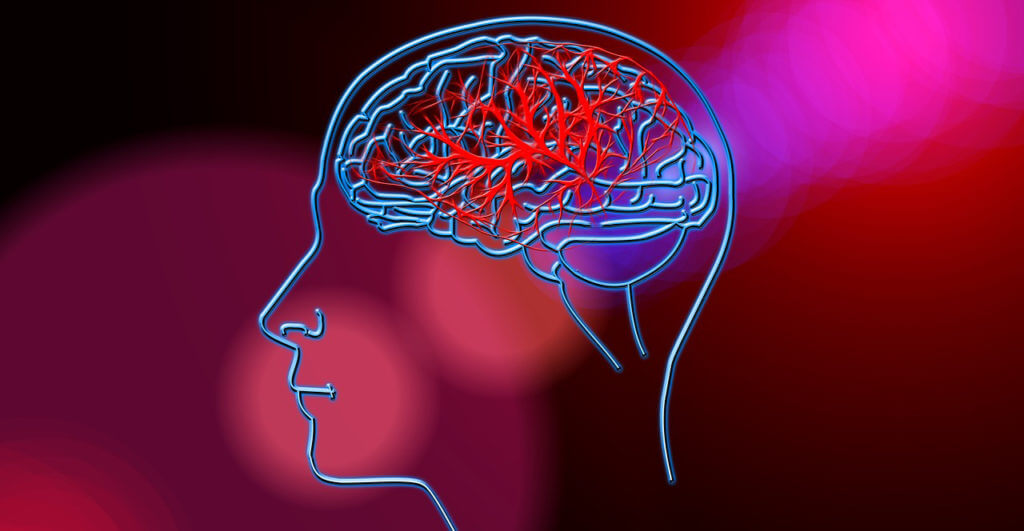
Stroke
Low-level laser therapy with a wavelength of 808 nm is actively used for the treatment and rehabilitation of patients after a stroke. In June 2007, a study based on treatment results of the first group of patients was published. There was a good news: the improvement after using the method was dramatic. In 70% of the patients treated with LLLT, the results were significantly better compared to the control group of patients who went through the regular therapy.
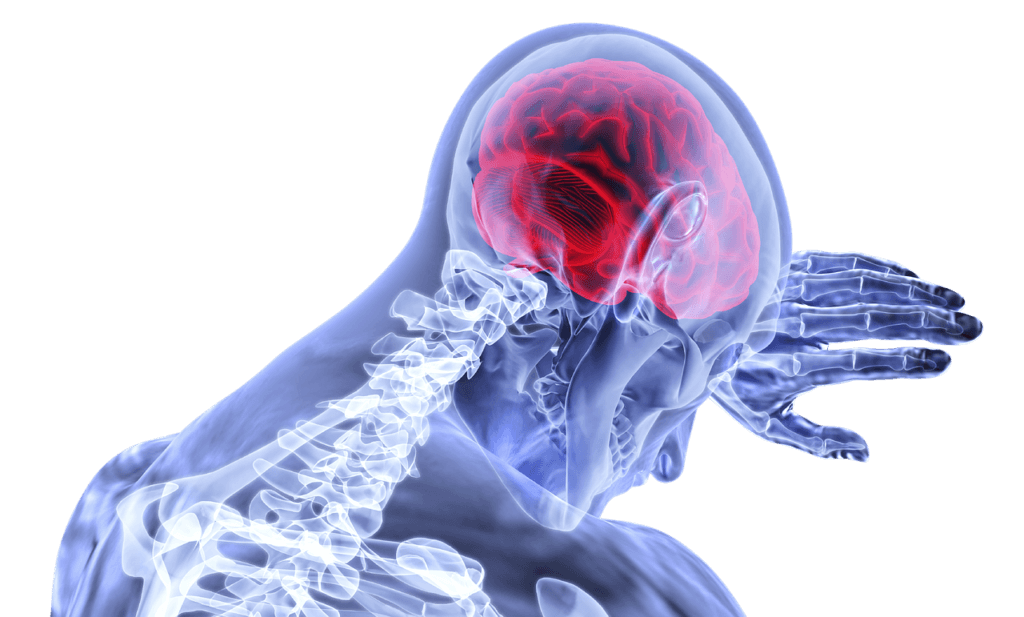
Brain
Every year, 1,400,000 of people suffer from traumatic brain damage in the United States. In April 2007, low-level laser radiation was used for the first time on the animals with traumatic brain damage. During the study it was confirmed that LLLT modulates various biological processes, which surprisingly affects the recovery. In May 2011, two patients who were treated with LLLT showed a good result. The experiment has proven the effectiveness of the treatment, even if used at home.
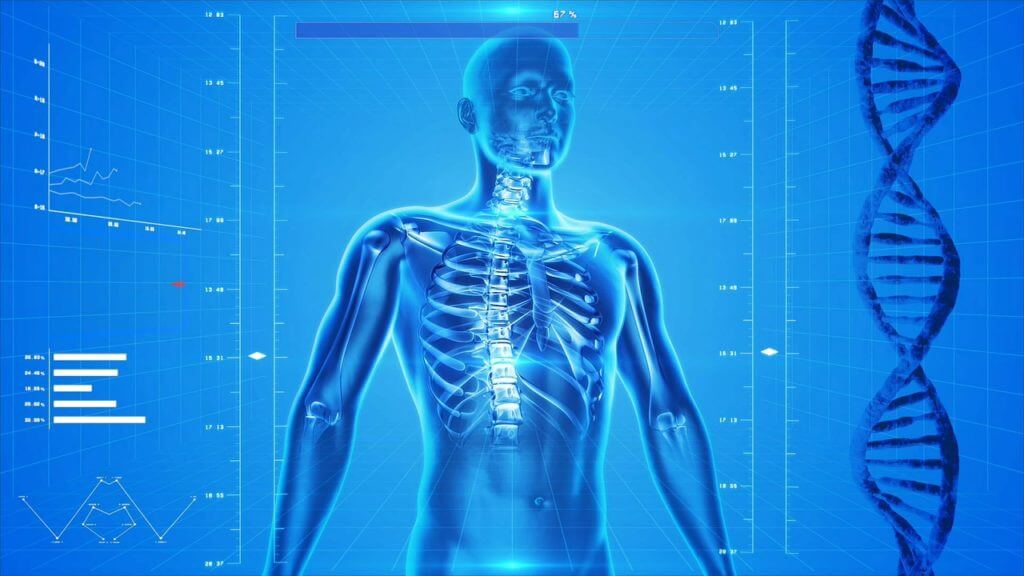
Spinal cord
SCI is a severe trauma, which haven’t been studied enough yet and doesn’t have effective method of therapy. Recently it was confirmed that light therapy has a biomodulatory effect on the central and peripheral nerve tissue. Light therapy with a wavelength of 810 nm, 150 mW significantly increases the number of axons and the re-growth distance. These studies prove that low-level laser therapy can be an easy method of treatment. Such technologies are very perspective for the future.
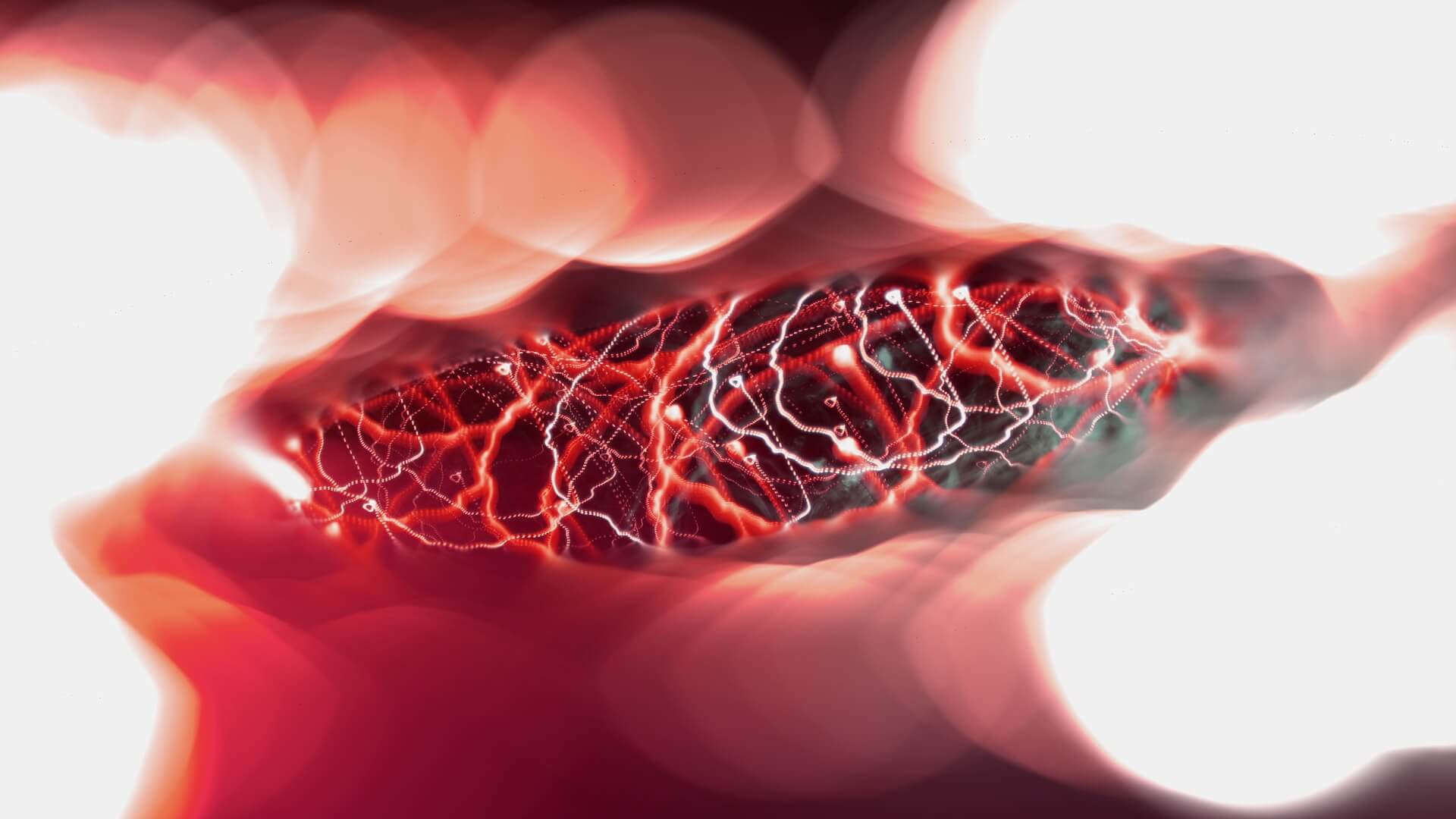
Peripheral nerve
LLLT is actively used for clinical and experimental studies on peripheral nerve damage. In 2004 it was proved that the use of low-level laser therapy with a wavelength of 660 nm is more effective than devices emitting a wavelength of 830 nm, when restoring peripheral nerve endings. However, in the same year, the results of the studies demonstrated the connection between the regeneration rate and the duration of wave action.
The spread of low-level laser therapy
How come that LLLT is not used widely enough and isn’t that popular yet? There are two reasons for this.
- Unfortunately, there is a great deal of confusion about the effects of the laser at the molecular, cellular and tissue levels.
- Dosage of low-level laser radiation should be individual. The doctor should choose the treatment plan.The effectiveness of the therapy depends on the variety of factors: stage of disease, wavelength, fluence, irradiation, treatment time and re-exposure, pulsation, polarization, etc.
Recent studies indicate the existence of a two-phase reaction to low-level irradiation.
Despite of all the doubts, disputes and some misunderstandings, low-level laser therapy gradually proves its validity in various areas of medicine, showing really outstanding results. Today, it has become obvious that LLLT cannot harm if used correctly. The better understanding of laser therapy opens more treatment opportunities in the future.
 2,000
2,000
